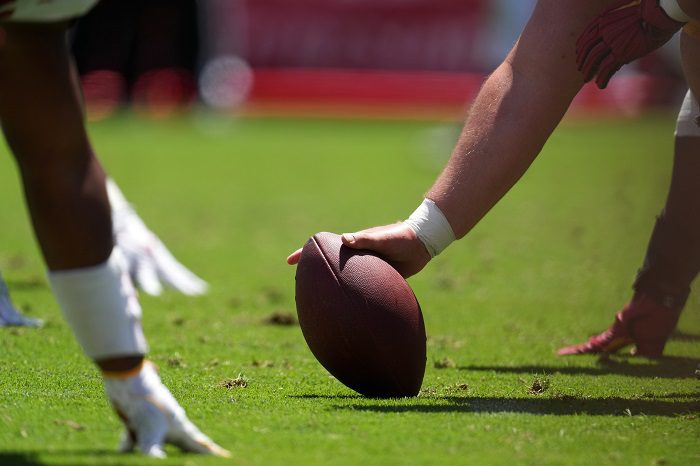
The NCAA Settlement that will eventually pay former and current athletes $2.8 billion is causing all kinds of issues for programs across the country. However, it isn’t just the coaches and administrators that are being put in precarious positions.
The settlement has also put thousands of athletes behind the eight-ball, as scholarship and roster limitations are forcing schools to look at how their athletic departments are structured.
One of the biggest issues that the power conferences are dealing with right now is that the NCAA and power conferences are expanding scholarships, but they are also imposing new roster limitations, some of which are in sports that didn’t previously have them.
While sports like football and basketball produce the revenue necessary to justify full scholarships to most athletes, the vast majority of college athletes, particularly those in the olympic sports, are either walk-ons or on partial scholarship.
With these new roster limitations, those athletes are in danger of not being able to compete at all.
According to a report from Ross Dellenger, the new limits will result in thousands of lost roster spots for mostly walk-on athletes and those on partial scholarship, and folks are not happy about it.
Dellenger reports, via Tom Wiegand [an attorney with MoloLamken], that nearly 20,000 parents and are mobilizing in what is now a public fight against the new policies being enforced.
“The roster limit is one of several significant flaws of the settlement,” Wiegand said. “We’re pursuing our objection in the hope the court will fix this settlement to be truly fair to all impacted by it.”
At least one conference is starting to look at ways of establishing their own limitations, too, as the SEC is exploring its own scholarship limits to operate under the settlement’s new rules, according to Dellenger.
The SEC is exploring its own scholarship limits for other sports as well, though those are not finalized.
Discussions in baseball, for instance, have centered on a scholarship limit of around 25 within the settlement-related roster of 34, sources tell @YahooSports
One such limit is the SEC maintaining the 85 scholarship limit for football teams, despite the settlement increasing the team limit to 105. SEC teams would still be permitted to have 105 players on each team, but 20 of them would have to be walk-ons.
This is a clear indication that money – which might seem unlimited in college athletics – is suddenly becoming an issue, even for the biggest programs.
Greg Byrne, the athletic director at Alabama, spelled it out quite clearly when he explained that he uses the revenue produced from football and basketball to overcome a $40 million deficit from non-revenue sports.
“There’s not an unlimited amount of money as some believe,” Byrne told congress.
With that money having to be distributed elsewhere, those roster spots and partial scholarships that were once given to non-revenue sports will be among the first things to dry up. It’s an unfortunate reality of the evolving state of college athletics, but as the college landscape tries to catch up with changing laws, it’s something that we will have to deal with until a long-term solution can be put together.
About us: HCS is owned and operated by Pete Mundo. He currently resides in Kansas City where he is a talk show host and program director at KCMO Talk Radio. You can learn more about Pete by visiting his personal website: PeteMundo.com . Cumulus and the Big 12 are not affiliated with this website.
Copyright © 2017-24 Heartland College Sports. Powered by Capitol Presence & Olympus Cloud.

Recent Comments